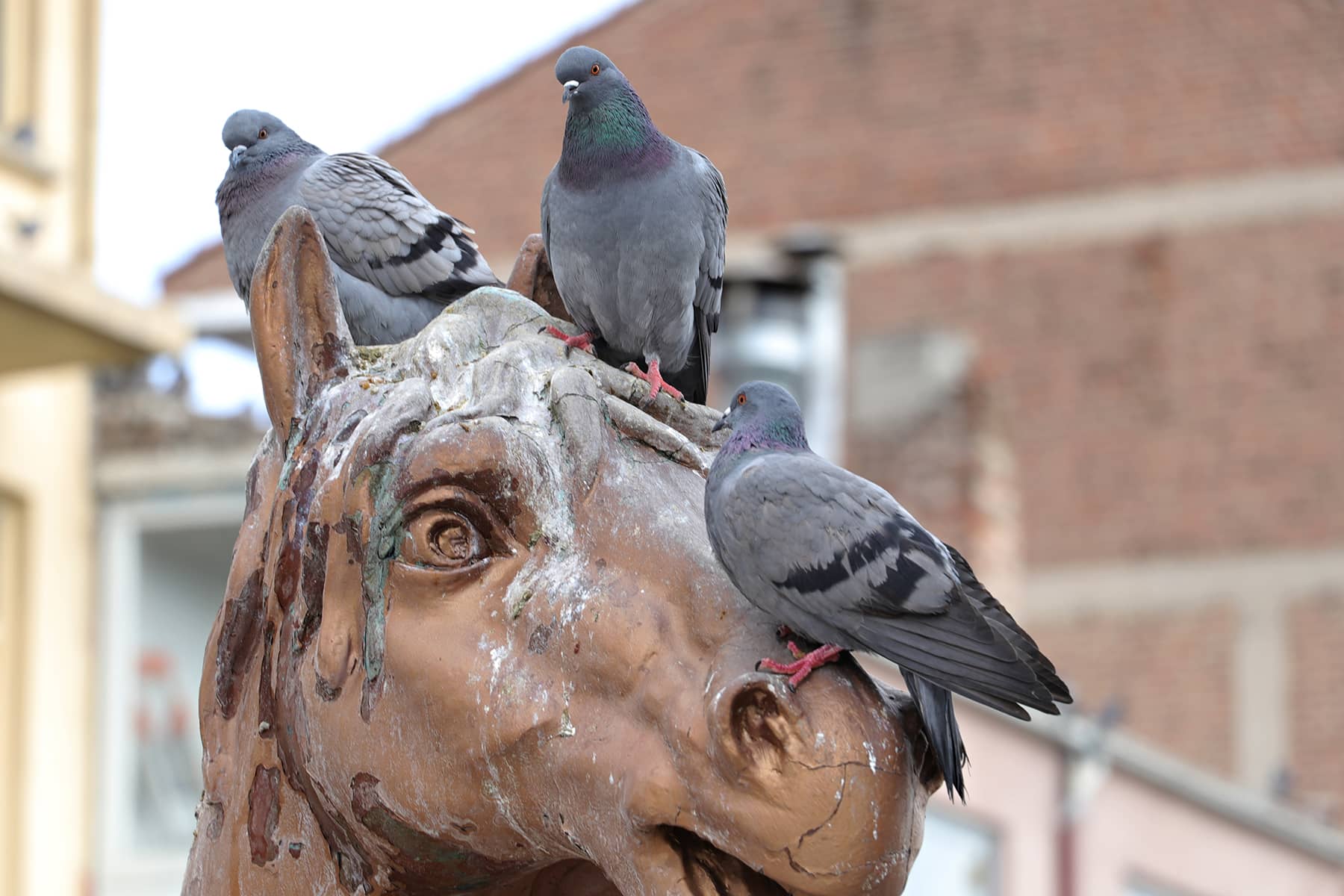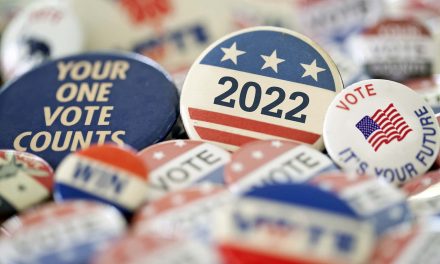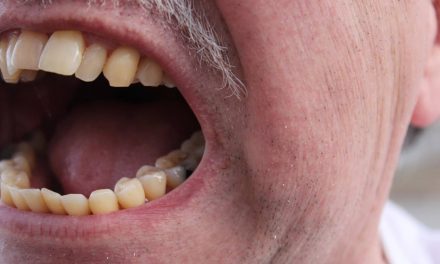
Boomers and many Gen Xers remember how the media swooned for Art Laffer’s napkin in the 1980s, and then President Reagan turned it into a movement to cut taxes on billionaires because, he lied, it would make average working-class people richer.
What most don’t remember — because none of us were alive back in the 1920s or 1890s — is that Laffer and Reagan hadn’t come up with anything novel.
At first, even Republican politicians recognized Reagan’s pitch as a con; in the 1980 primary his main opponent, patrician multimillionaire George HW Bush, labeled it “Voodoo Economics.”
Bush and actual economists knew what any student of economic history knew: trickle-down was just a money-grab by Reagan, who was fronting for his patrons among the very richest Americans.
And, since the Supreme Court had just (in 1976 and 1978) legalized political bribery by billionaires and corporations under the rubric of campaign money being First Amendment-protected “free speech,” Reagan and his friends were all in.
But trickle-down wasn’t even a new con. Back in the 1890s it was called Horse & Sparrow Economics.
The sales-pitch before the era of cars was that if you fed your horses more oats than they could normally digest they’d pass through all that undigested oat in their manure for the sparrows to pick at; rich people’s excesses would spill over to the average person.
It not only didn’t work; it was blamed, in part, for the Panic of 1896.
Republican Warren Harding revived Horse & Sparrow Economics in 1920 when he campaigned for president on dropping the then-91% top tax bracket down to 25%. He didn’t cite horses and sparrows, though: his slogan was, “A return to normalcy.”
He was elected and kept his promise to cut taxes on the wealthy, the result being the “Roaring 20s” when the rich got fabulously richer while working people saw their wages actually drop (leading to an explosion of unionization efforts by pissed-off workers that were violently suppressed by employers and police).
It all came to a startling end in 1929 with the Great Crash that set off what was then called the Republican Great Depression (the “Republican” part of that label largely wore off after the election of Republican President Dwight Eisenhower in 1952).
Republicans stopped talking about horses and sparrows in the 1930s, but the theory never really died; Reagan simply reinvented it in 1980 as “Supply Side Economics,” aka trickle-down.
Back in 1896 and 1929 people didn’t need a detailed multi-decade, multi-country analysis of Horse & Sparrow to know it was bad news: the Great Panic and the Republican Great Depression pretty much convinced everybody.
But somehow — even after 4 economic crashes (the Reagan stock market crash of 1987, the Bush Great Recession of 1992, the Second Bush Great Recession of 2008 and the Trump Crash of 2020) — most voters never managed to put together the cause-and-effect of trickle-down Reaganomics.
A recent study from the London School of Economics has now totally debunked the Reaganomics notion that tax-cuts for rich people incentivize them to “create jobs” or lead to economic growth.
In fact, the researchers note, such tax cuts only serve one single purpose: to move more of a nation’s income and wealth from the bottom 99% up into the money bins of the morbidly rich. And they do nothing whatsoever for the overall economy.
This most recent study of trickle-down is probably the most comprehensive effort ever made to figure out what happens when you radically cut taxes on the morbidly rich. The researchers used:
“[D]ata from 18 OECD countries covering the last fifty years to investigate the effects of major tax cuts for the rich on income inequality, economic growth, and unemployment.”
And when they compiled those 50 years of data over 18 countries that had engaged in what we call Reaganomics (sometimes also called “austerity” economics), it wasn’t even close to what Reagan and his billionaire buddies told us would happen.
“Our results show,” the researchers write, that “major tax cuts for the rich increase the top 1% share of pre-tax national income in the years following the reform (𝑡+1 to 𝑡+5). The magnitude of the effect is sizeable; on average, each major reform leads to a rise in top 1% share of pre-tax national income of 0.8 percentage points.”
So the rich got richer. But did these “job creators” use any little bit of that money to, well, create jobs? “No,” say the economists at the London School of Economics.
“The results also show that economic performance, as measured by real GDP per capita and the unemployment rate, is not significantly affected by major tax cuts for the rich. The estimated effects for these variables are statistically indistinguishable from zero…”
So what is the single largest result of a nation embracing Reaganomics trickle-down austerity tax-cut policies?
“Overall,” their study summarized, “our analysis finds strong evidence that cutting taxes on the rich increases income inequality but has no effect on growth or unemployment. Our results … suggest that lower taxes on the rich encourage high earners to bargain more forcefully to increase their own compensation, at the direct expense of those lower down the income distribution.”
Americans seem to have largely figured this out: in the 2020 election, for example, Arizona voters approved a ballot measure (Prop 208) that raised taxes by 3.5% on people making more than $250,000 a year. It was designed to raise $940 million a year that would all go to fund the state’s crisis-ridden public-school system.
Which explains why last year, when the Prop 208 tax increase on rich people was to take effect, the Republican-controlled, billionaire-funded Arizona legislature passed the largest tax cut for the rich in the state’s history.
Altogether, Arizona Republicans passed and Governor Ducey signed a $1.9 billion tax cut that, as the Prescott Valley News notes:
“[M]ainly benefits the wealthy” to “shield high-earning taxpayers from the effects of a new 3.5% tax surcharge voters approved in November to boost education funding.”
And now McCarthy and his House Republicans have reinvented Horse and Sparrow economics all over again, but this time with a whole new attitude.
Reagan at least had the smarts to promise American working class voters that if they went along with his new Trickle Down theory they’d make more money over time. Of course, nobody would know for decades if it was true, but it worked to get and keep Reagan in office along with two generations of subsequent Republicans.
But McCarthy isn’t even bothering to convince GOP voters of Reagan’s lie that cutting taxes while gutting social programs will produce a stronger economy. Instead of the carrot, he’s opting for the stick: if Democrats don’t go along, he’ll kill the American economy and destroy our economic standing in the world for a generation.
The majority of Americans don’t want what McCarthy and the GOP are selling. If it weren’t for gerrymandering and voter suppression tricks that were illegal before 5 Republicans on the Supreme Court gutted the Voting Rights Act, Democrats would hold an unassailable majority in the House.
If McCarthy and his House Republicans follow through on their threats the consequences will be dire. Hopefully, American voters will figure this scam out and put enough pressure on them to avoid what looks like a sure-fire disaster heading our way.
Hakan Turktan
© Thom Hartmann, used with permission. Originally published on The Hartmann Report as Is the “Horse & Sparrow” Economic Scam Returning?
Subscribe to The Hartmann Report directly and read the latest views about U.S politics and other fascinating subjects seven days a week.














